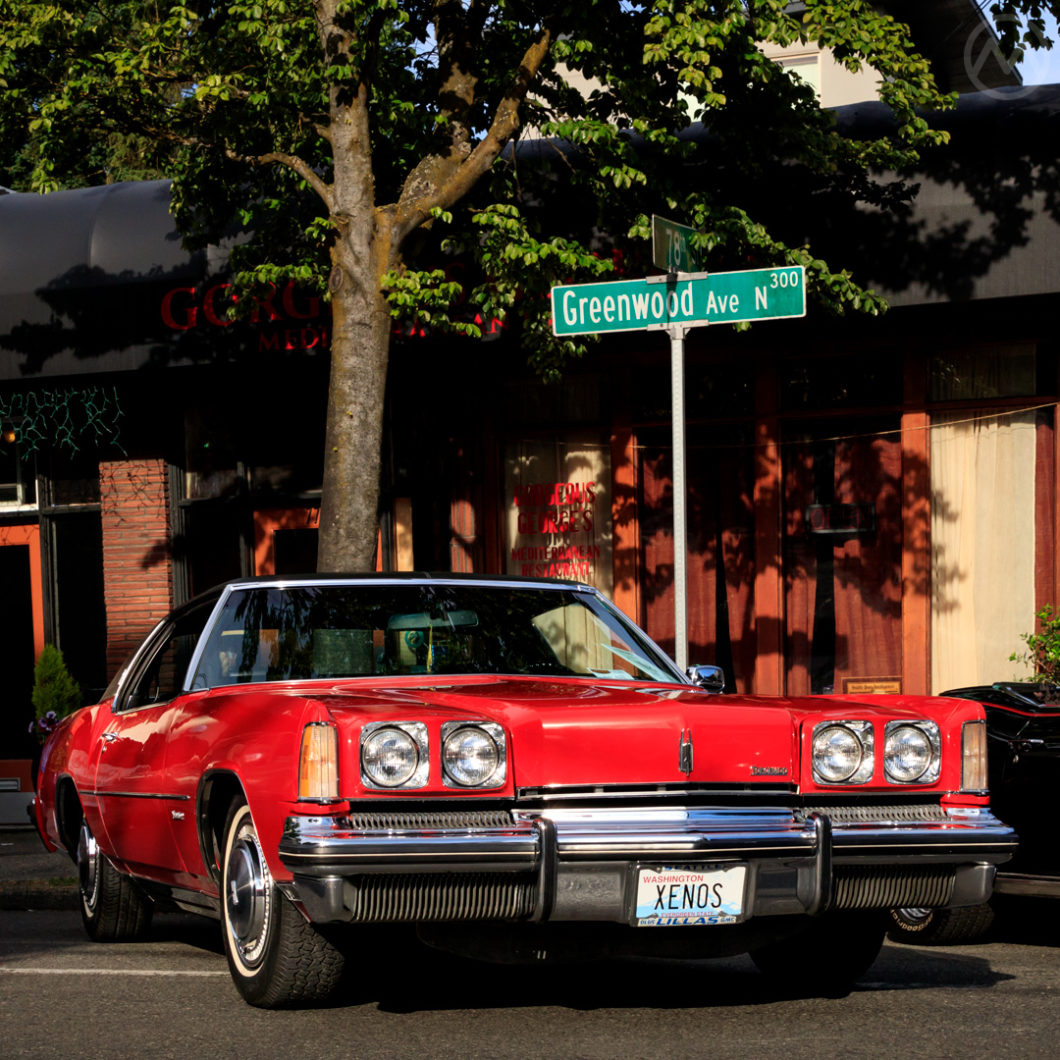The original 1966 Oldsmobile Toronado became an instant legend. The first American front-drive production car in 30 years, technology, style, and novelty were baked in – there was no way it would not be a landmark vehicle.
But the original Toro, for all the stories it generated, was only a so-so seller. Buick’s conventional Riviera sold in arger numbers and so did Ford’s Thunderbird.
Cadillac’s related Eldorado sold in volumes similar to the Toronado, but wiht sky-high profits. Every Eldorado was a $9,000 car with no discounts at a time when nine grand would buy you a modest house.
Eldorado Junior
When it came time to redesign the Toronado for 1971, it would morph into a kind of Oldsmobile version of its Cadillac sister.
Or rather, while the Eldorado moved on to a bigger, heavier look, the sister Toronado took up the kind of light, clean styling that characterized the first front-drive Eldorado. The new look came from designer David North.
North had also styled the original Toronado and done a proposal for the original Eldorado, which was dusted off for the proposed ’71.
At the time North had been working with Vauxhall in the U.K., but was brought back by John Beltz, Oldsmobile’s dynamic general manager, to finish his original Eldorado idea as a Toronado.
Beltz specifically asked North to play up the visual resemblance to the ’67 Eldo and make the car much more a formal luxury car than the ’66. The Cadillac connection was strengthened even further when Cadllac exterior chief Stan Parker became Olds’ chief stylist just as the ’71s were being readied for production.
Although Oldsmobile was consciously trying to build a more Eldo-like car, it wasn’t meant to be a direct copy.
In profile it looked much like the 1969-70 Eldorado but the details were distinctly Oldsmobile. Deeply sculpted sides reflected the also-new ’71 Ninety-Eight themes and those that would come to the 1973 Cutlasses. In front it had a more distinctly Toronado look, perhaps with a nod towards the classic Cord’s “coffin nose” motif.
Cruisin’ the Boulevard
To drive, the new Toro was 100% boulevardier – there was no more running Toronados in the Baja 1000 as in 1966; this 4,600-lb. car was a wafter: soft and comfy. Again, that was by design.
There were technology firsts – an optional, primitive anti-lock braking system called “True-Track” was available on the rear wheels. In 1974 a Toronado was the first American car built with a driver’s side air-bag, GM’s ACRS system.
Neither of these innovations were popular and they were both dropped after 1976, but firsts they were. Much later the high-mounted brake lights of 1971’s Toro became a standard requirement on new cars (in 1985).
Power came only from the Olds 455 V8, with no optional engines. 1976 was the last year of the 455, so the Olds 403 replaced it in 1977.
Less of an enthusiasts’ car, the new Toro was a much better seller than the original. Strikes muted 1971 sales, but in 1972-73 sales doubled from their 1969-70 levels, hitting an all-time high of 55,921 in 1973.
This generation ran into 1978, with progressively bulkier style changes after 1974. North was also heavily involved in the subsequent downsized 1979 Toronado. It too followed the “Eldorado Junior” formula very closely. This later car came within a few thousand units of topping the ’73 record, but then trailed off.
This spectacular ’73 was seen at the 2019 Greenwood Car Show, a staple of the Pacific Northwest’s car scene. It’s a one-family car with less than 50,000 original miles and has lived in the Seattle area since new.

